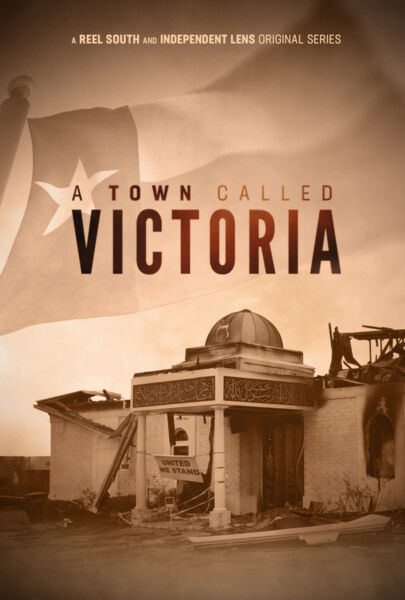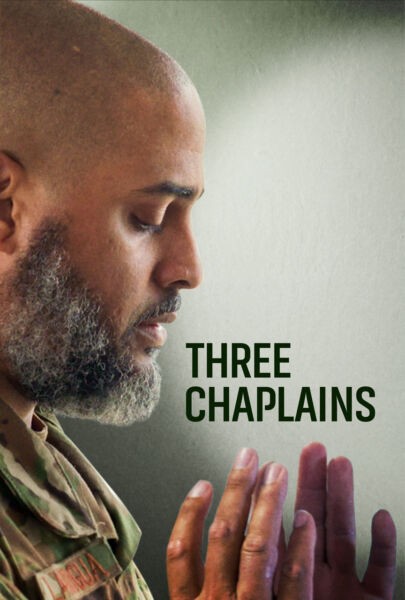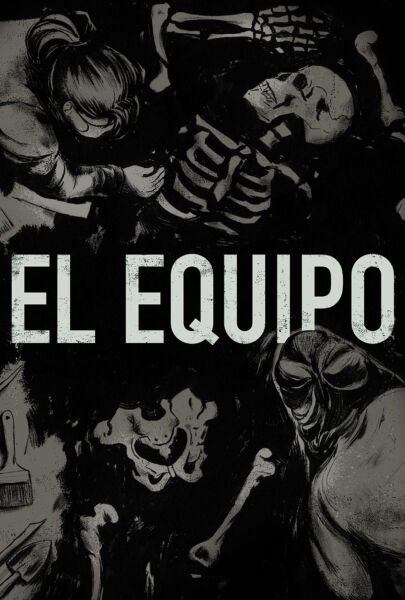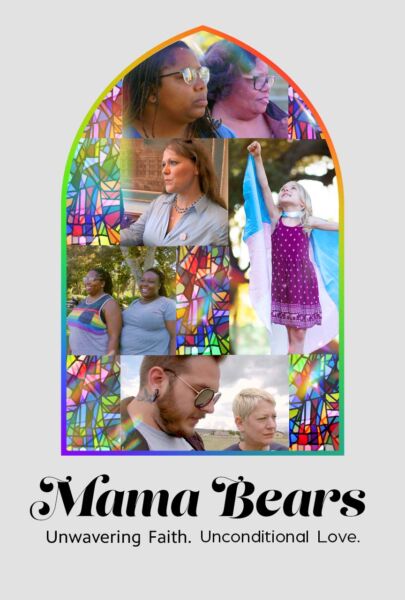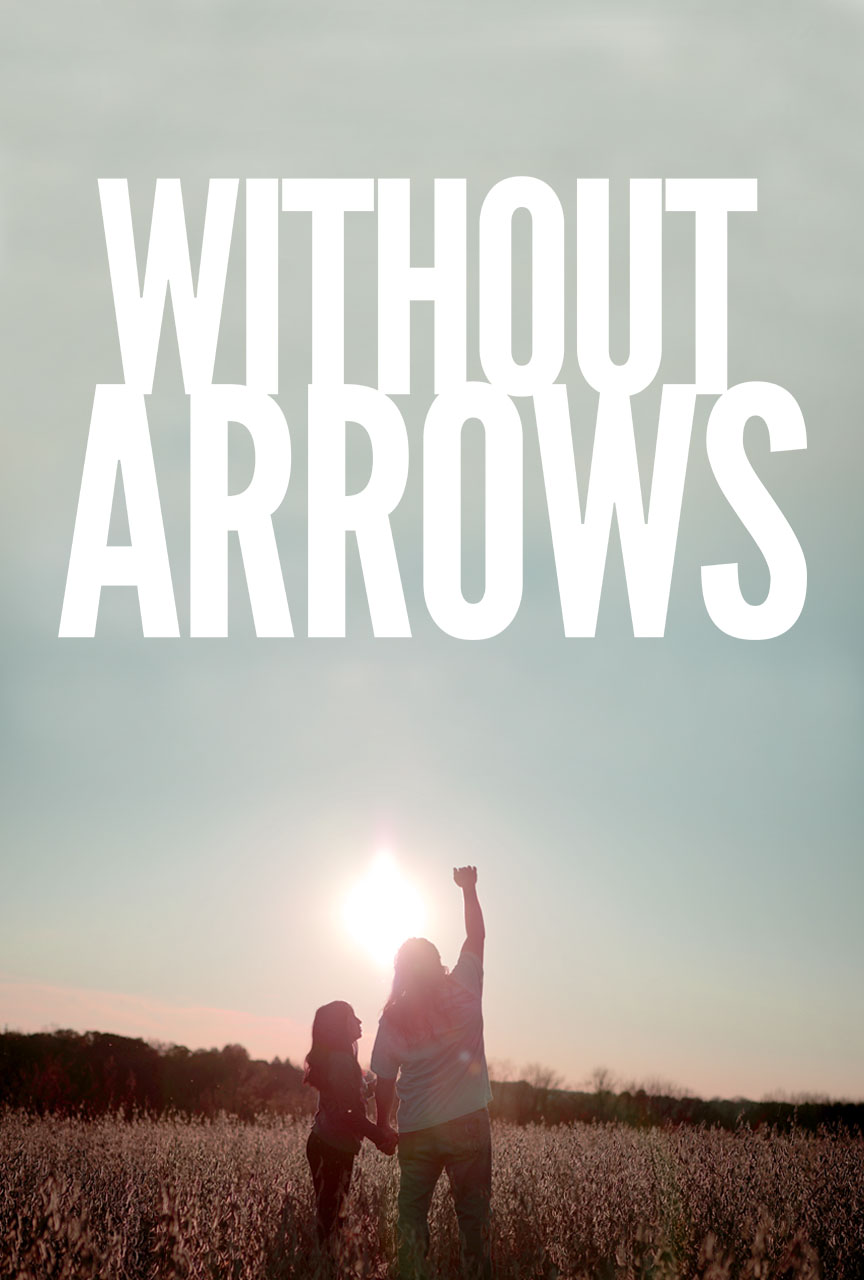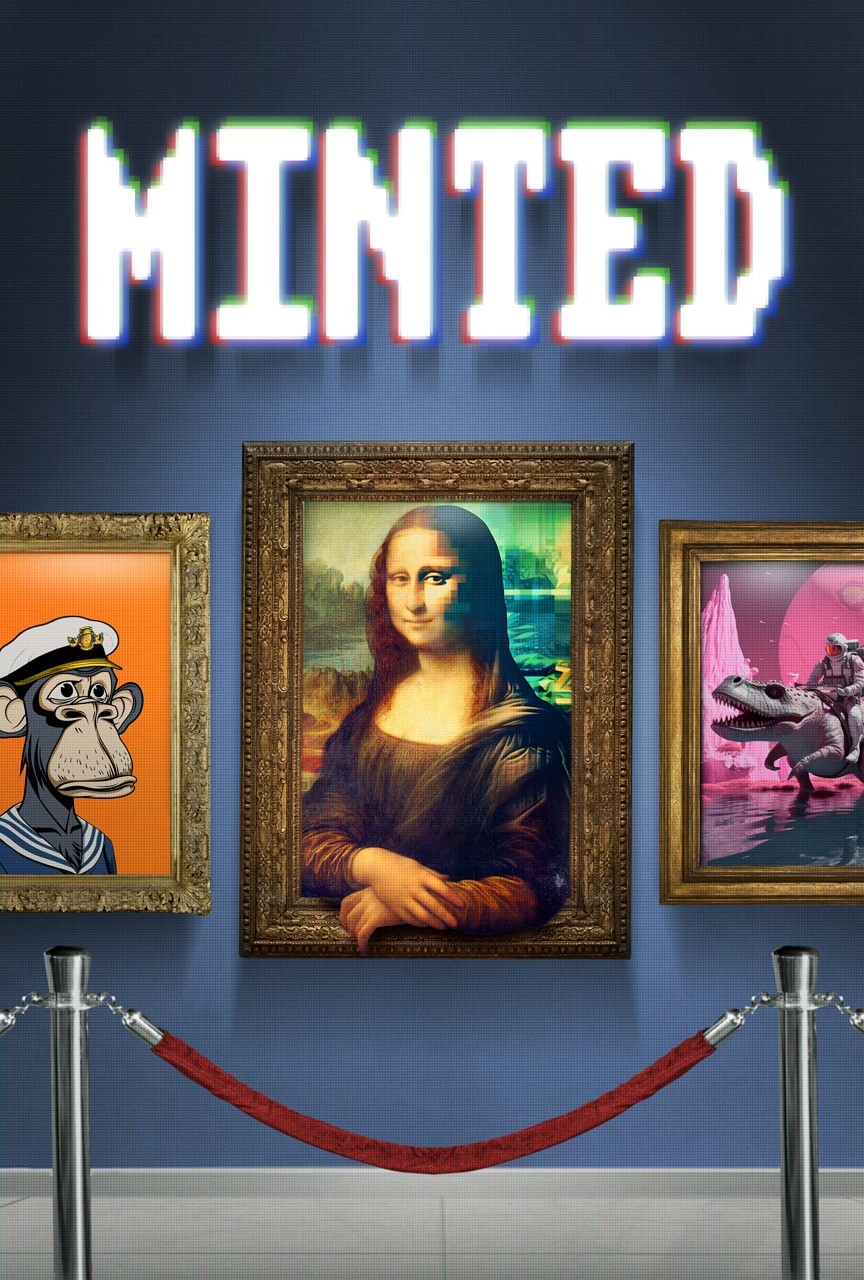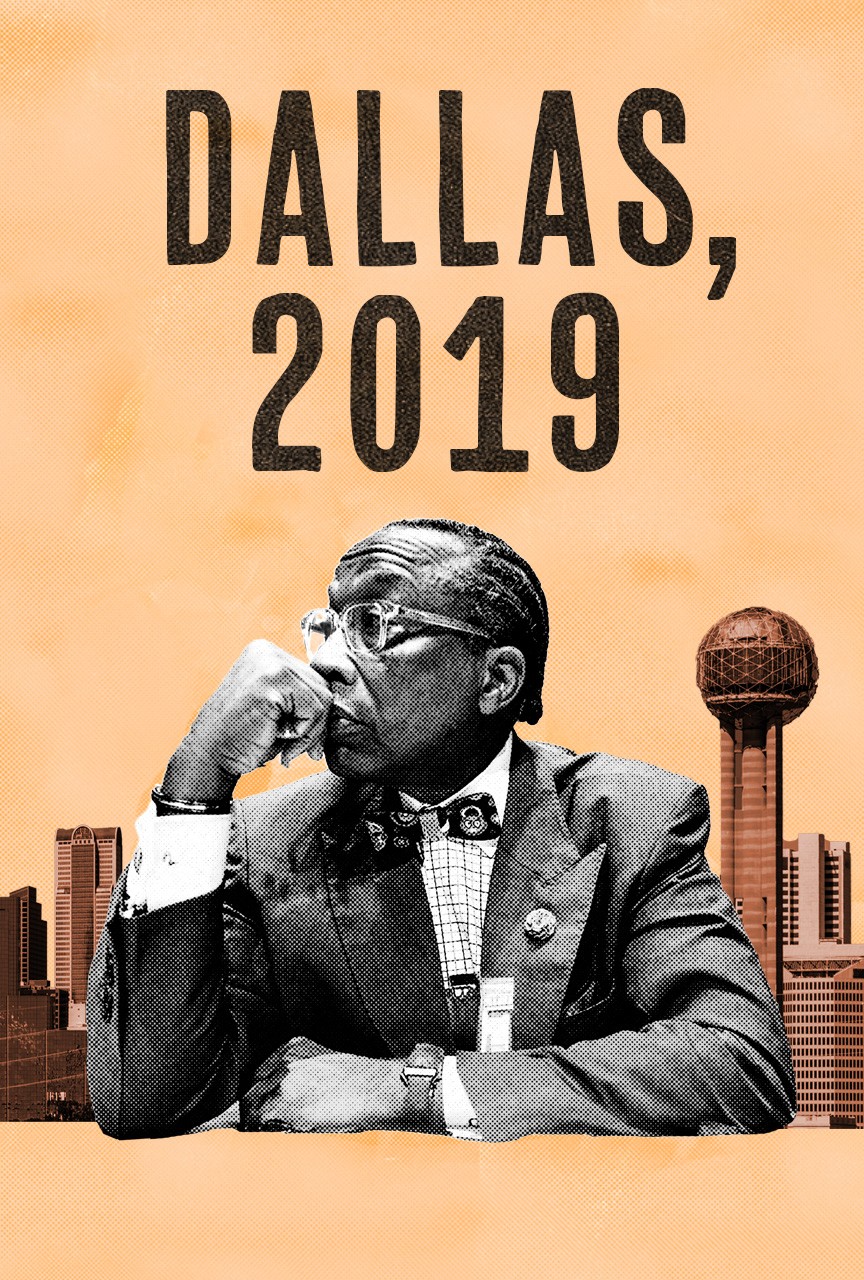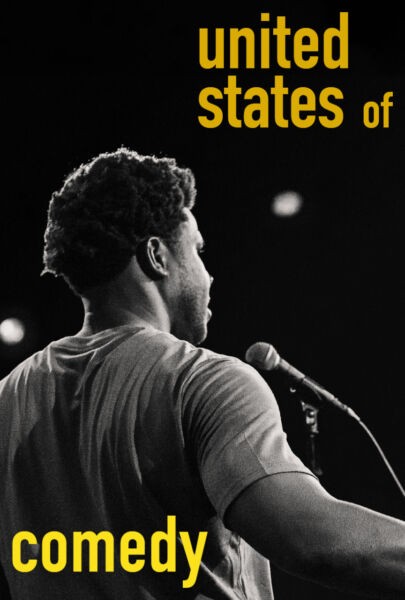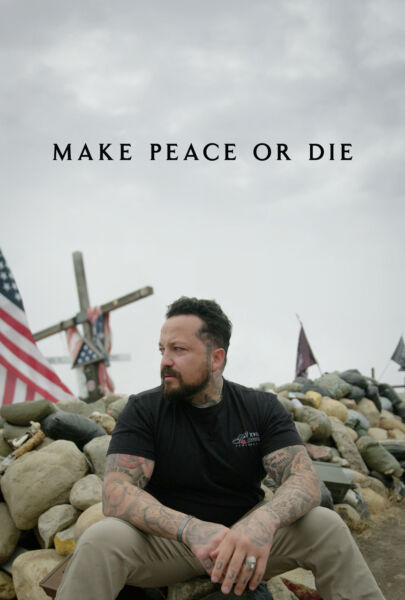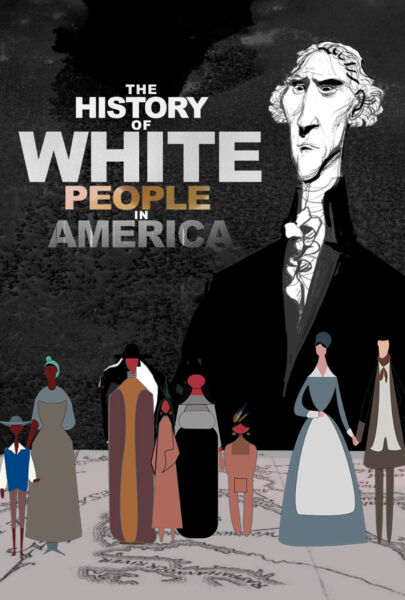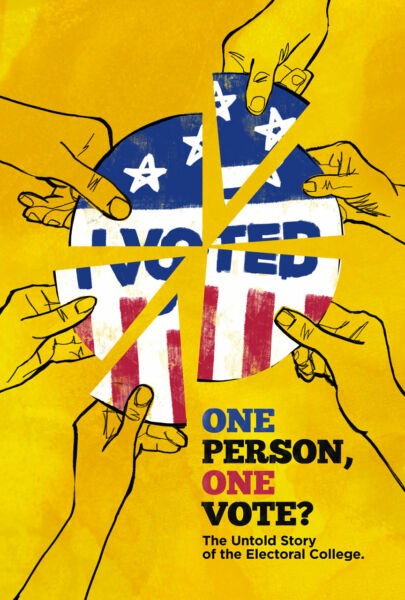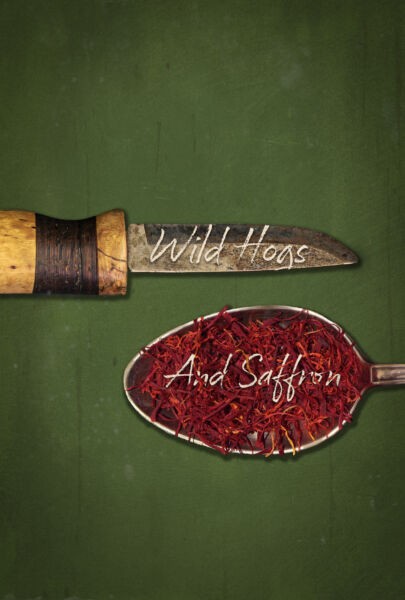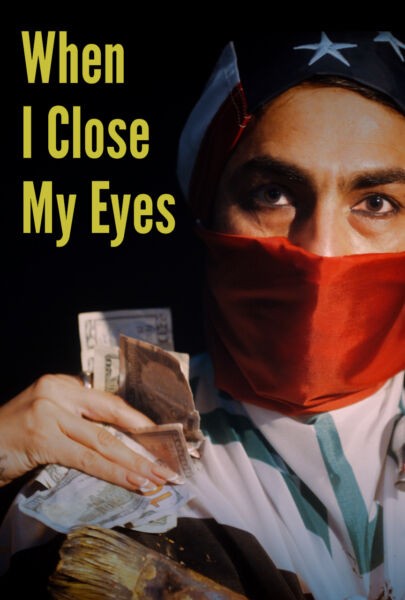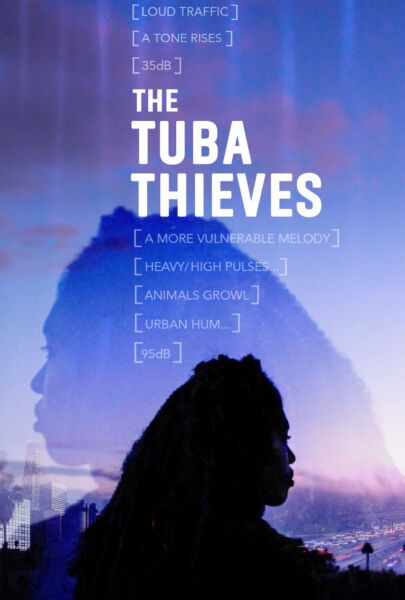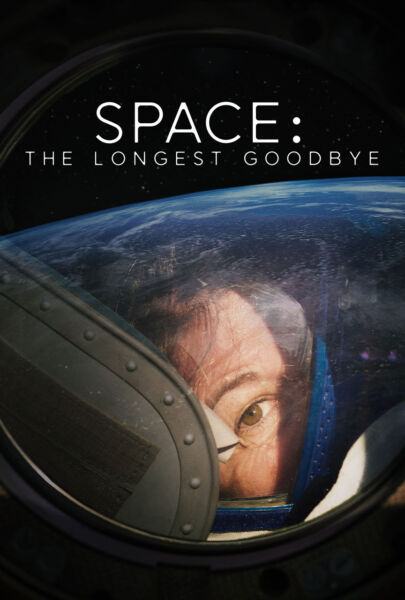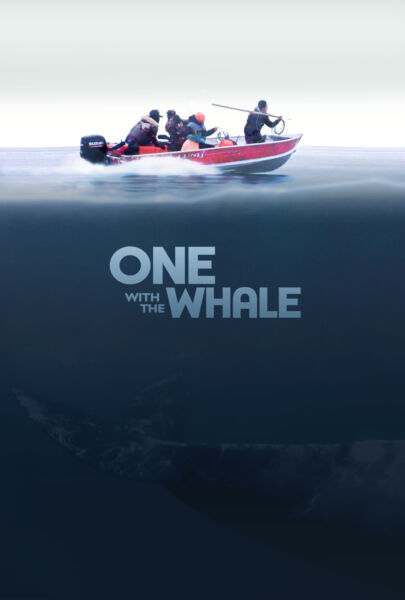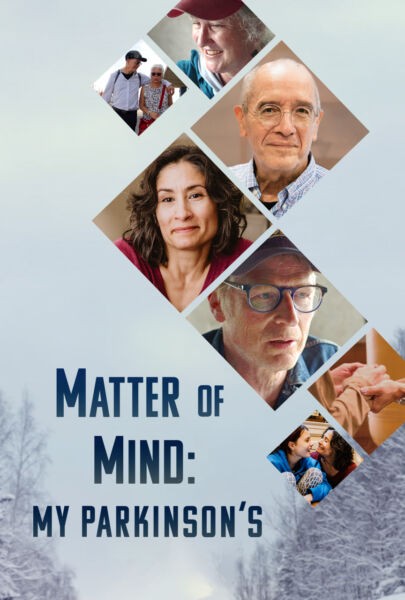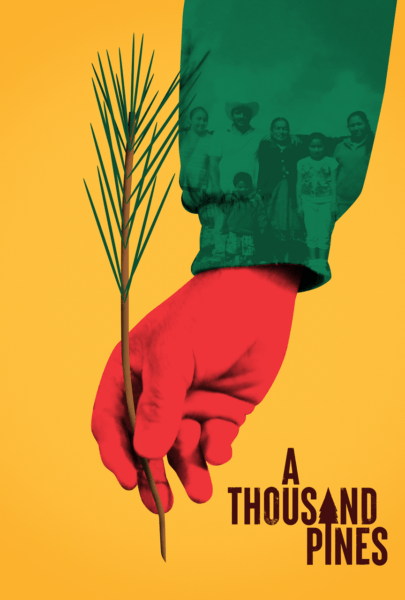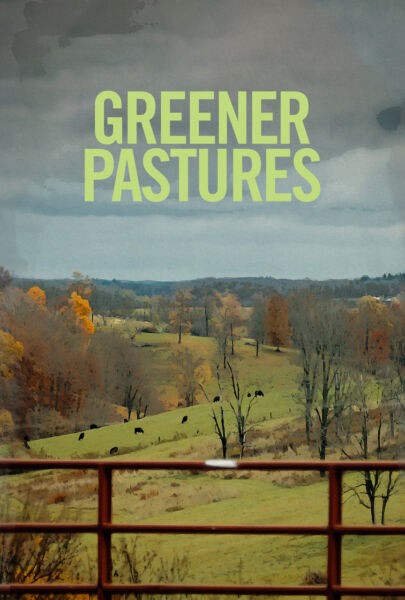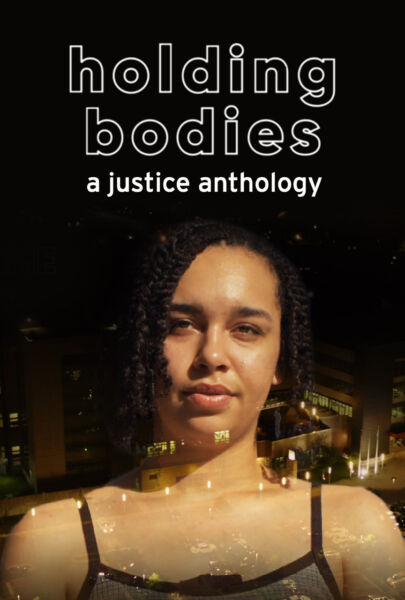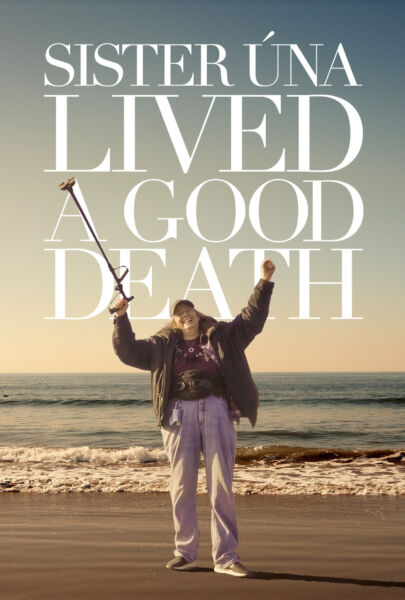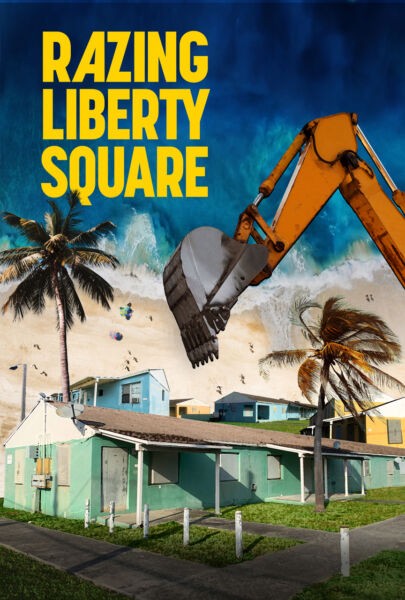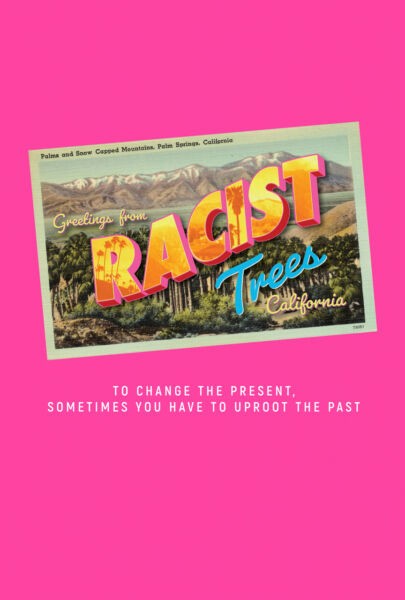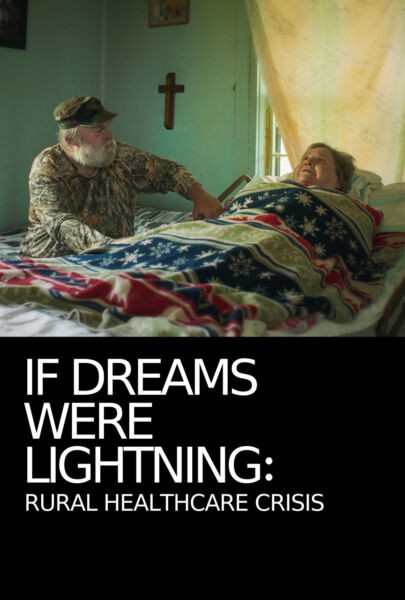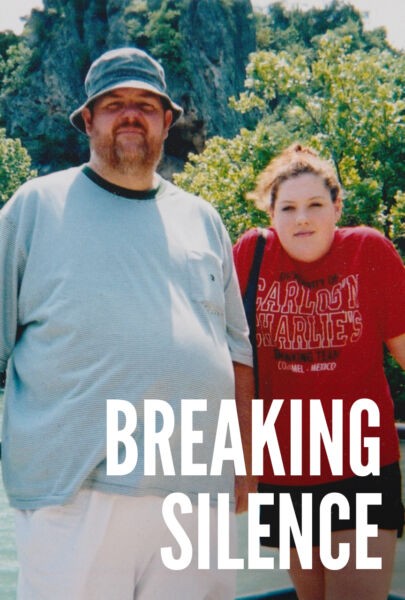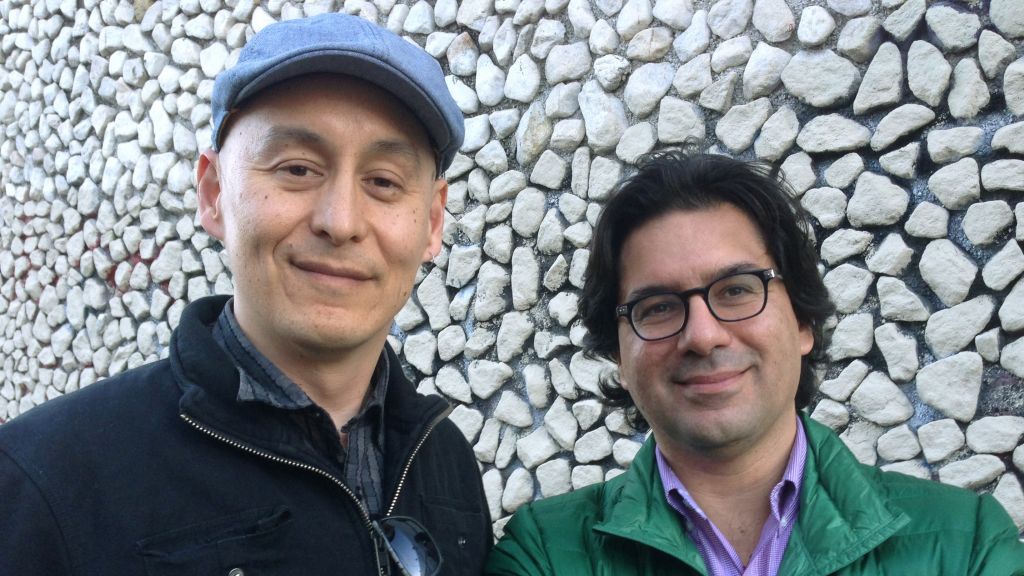
The filmmaking team of Amir Soltani and Chihiro Wimbush both come from incredibly varied backgrounds, and bring an abundance of talents and interests to the table for the first feature documentary film for both as directors: Dogtown Redemption, which won the Audience Favorite Award at the Mill Valley Film Festival. Among many other hats, Soltani wrote Zahra’s Paradise, a New York Times-bestselling graphic novel based on Iran’s 2009 protests, while Wimbush edited the PBS film Changing Season: On the Masumoto Family Farm. Both followed their hearts to spend years making this moving film about people who subsist off recycling in Oakland’s hardscrabble “Dogtown” neighborhood. Director Oliver Stone called Dogtown Redemption “haunting and magic.” The Utah Review adds that it is “a surprising film of resilience and of how even those who are homeless are committed to finding their own sense of place – of home – in sometimes the most unpredictable ways.”
Soltani and Wimbush both gave us their thoughts on making this film, which became a seven year journey for the filmmakers featuring heartbreak and, yes, redemption along the way.
I know you have interests in communities and community building, but what compelled you both to want to make a film about homeless people who recycle in this particular community?
Chihiro: I credit Amir with taking the initial initiative to film the recyclers, recycling centers, and the Dogtown neighborhood outside his home. But when I joined him in the process, I was taken with both the powerful history of this area and the beauty of the people. How the struggles of the people today all came down from historical decisions and prejudices that shaped West Oakland as we know it today. The recyclers are fascinating because they completely negate the notion that poor and homeless people are lazy or uninterested in working. The truth is they are among the hardest working people I’ve ever been around: recycling round the clock through heat and cold, rain, and danger to get enough money to make it through another day. Their issues are real – mental and physical health, trauma, addiction – but no one can question their heart or spirit.
What were some of the biggest challenges you faced in making Dogtown Redemption?
Chihiro: A big challenge was the logistics. First there’s the challenge of tracking down people with no home, no phone or email, and an elastic sense of time. I spent hours driving the streets of Oakland looking in abandoned fields, under freeways, at the recycling center, on recycle routes, searching for our subjects. Then the process of filming shared some of the same challenges the recyclers faced: long grueling hours in hot sun, freezing rain, or in the middle of a cold night; the dangers on the street in some edgy neighborhoods of West Oakland; the health issues they faced that often resulted in me putting the camera aside and taking them to the hospital to get care or treatment. Life on the street is intense and sharing those moments with them gave me great insight into the daily struggles of their lives.
One of the dangers of filming in certain grittier areas of West Oakland, was the threat of getting jumped for one’s camera gear or filming the wrong thing. The day before my first day of filming, a photographer was punched in the recycling center and had his camera smashed for taking photos indiscriminately there. Another time, there was a fashion shoot, of all things, happening in West Oakland and they were mugged in broad daylight for their camera. Usually I was alone with a recycler filming on abandoned streets in the middle of the night so I always had an extra awareness of my surroundings: what I was filming and what was happening around me.
But the truth is, I [personally] never had a problem in West Oakland like that in the countless days and nights I filmed there. In fact, the only time I was nearly jumped was at Occupy Oakland. It was the night before the police raid, the atmosphere was tense, and I was filming Jason recycling at the encampment in front of City Hall (a few shots of which are captured in the end credits of the film).
As we’re leaving, a few young men broke away from the camp, and slowly began to surround us. I was caught up in filming, but Jason immediately stopped me as this was unfolding and said “hey, they’re about to jump you for the camera. But don’t worry, leave it to me.” With a smile he turned to face the young men, and as he did so he put his hand in his pocket and pressed it outward in the form of a gun. They looked at him, he looked at them, and it was clear that this was not only a guy not to do this to, but that he was someone who had likely once done this kind of thing himself, and could happily return the favor to them. So they kept on walking. Thanks to Jason we still had a camera to finish the film.
Amir: Early on, Chihiro and I learned that the idea that you are making a film is an illusion. The film is making you — when you run into your characters, when you choose your collaborators, when you are in the edit room. But sometimes, it is not making you. It is breaking you. You have no more to give. You have run out of everything: love, time, energy, money. For me that was the hardest experience.
I grew up thinking, perhaps wrongly, that what holds the world together is love. Love is what had held my family together after the Iranian revolution. Love is what brought us to America — a sense of abundance, a sense of connection, a sense of possibility, and belonging.
It was hard to experience the opposite — disconnection. And despair. Poverty not as the absence of money, but poverty as isolation, addiction and abandonment, as the breakdown of love, of family and of community. In this sense, it was hard for us, as immigrants, to experience America as absence, as trauma, and as addiction. Especially in a place as welcoming, vibrant, and diverse as Oakland. The poverty was not that of the recyclers, or even the city, or the system. It was all of ours.
How did you gain the trust of your main characters?
Amir: A few things helped. I don’t think of myself as a filmmaker. I’m not into cameras, they are a distraction. They get in the way. They divide the world into you and your subjects. So, fortunately, I did not have a camera. In fact, I did not even know I wanted to make a film.
What I did seek was community. I had moved into the same neighborhood as the recyclers. And I wanted to connect with them, human to human, as much to break my sense of exile and isolation as theirs. That’s pretty much how our film started, as a function of conversations. I honestly don’t think making a film is about cameras or even techniques. They matter, of course. But the true medium is the relationships. And relationships deepen with time. Where I was very lucky was that as director of photography, my partner and co-director, Chihiro filmed with all his heart, and that made all the difference. Our subjects trusted him implicitly and completely — so much so that the camera ceased to exist. His grit and gentleness made so much come to life. To me, making a film is about witnessing — being as fully present as one possibly can. That takes a level vulnerability and risk. That is where the trust is.
Chihiro: When I first showed up as an outsider with the camera, I think most recyclers assumed I was an undercover cop, asking them questions about what they got up to at night. I learned I had to put the camera down for six months and just show up in the morning with two cups of coffee and sit on the street corner with them, letting them ask me questions so they could figure out who I was and what I was doing there. I just kept showing up and continuing the conversation until one day they’d let me bring the camera and film them as we talked together.
Have either of you ever been or nearly been homeless? Or had close family members who were?
Chihiro: When I first decided to become a filmmaker I took a massive leap of faith. I left an entire life behind – city, home, career, relationship – to come back to the Bay Area and pursue my dream of becoming a filmmaker. While it was a nice dream, the reality was that I suddenly found myself working from the bottom of the ladder in the film industry, taking jobs for free or little money, and barely getting by. There was a period of several months when I had next to no money for rent, or anything else for that matter, and if it had not been for the kindness of friends who let me crash on their couches, I would certainly have been out on the street, perhaps pushing a shopping cart for survival. I feel like I walked right up to the edge of the cliff where I had a clear view of the abyss that lay below, one very difficult to climb out of once one falls down in it. I was fortunate enough to have community to keep me from falling, and it gave me a profound appreciation for what it means to have a home and a roof over one’s head. Little did I know one year later, I’d be out in the street documenting the lives of homeless people! Perhaps the universe was preparing me for this film.
What would you especially have liked to include in your film that didn’t make the cut?
Amir: West Oakland has an incredibly rich history. If I could, I would document every inch of it. For me, one of the highlights of the film was a two-hour interview with Ron Dellums, Oakland’s mayor at the time. He had grown up in West Oakland as a child. You could feel the fabric of the city speak through his memory. His voice touched me, it was pure poetry. And he spoke not only of the pain but of the possibility buried behind West Oakland’s history. Sure, there was trauma, which manifested itself as poverty and isolation, but the trauma masked the humanity and spontaneity, the music and magic of the place. West Oakland was not the end of the world, it was the beginning of the world — “Ellis Island West” as he called it.
Chihiro: There was actually a fourth character that I filmed named Roslin that I spent just as much time filming with as the others. She was an older African American women who was a former prostitute that lived on the back porch of a home in North Oakland and woke up before dawn to recycle. She was tough, she was tender, she was a troublemaker, and she was funny. I wish we had the space for her story. Now she has a couple of cameos on the film: taking Miss Kay into her home for a night after she flees the homeless shelter, and talking to the recycling center owner Jay at the end through the gate after he has sold Alliance Metals.
What conversations would you like people who see Dogtown Redemption have afterwards? What would you like people to come away from it with? What about the film’s stories are universal?
Chihiro: What’s most meaningful to me as a filmmaker is that people come away from the film first moved in their hearts to empathize with the recyclers and then inspired by their brains to take action. In our regular daily lives, the common fallacy is that the homeless are somehow invisible. They’re not. We make them invisible by “unseeing” them so that we don’t have to confront their story. What I hope Dogtown Redemption does is place us in the human experience of these recyclers. For they are human beings like us, with histories we can’t imagine, carrying trauma and the whole range of feelings we all share from love to grief.
Have the people featured in the film seen it, and if so, what did they think?
Amir: Most of them have seen it. They have been unbelievably generous and supportive throughout. It is humbling. Sadly, one of our characters, Miss Kay, never saw the film. She was assaulted in late July, went into a coma, and passed away on August 18th, less than two months before our premiere. What was very moving — almost too much — was that I got word that Independent Lens had selected Dogtown Redemption as I was driving to Highland Hospital, in Oakland, to take Miss Kay off life-support. It was so bittersweet. I felt my entire being cleaved in two. Could not stop wailing. She was the first person to learn of the news. And that too was vintage Miss Kay — leaving one dimension only to appear in another.
Chihiro: There has been a very moving response to the film so far. I’ve just appreciated the people who have come up to me or contacted me sharing how they were moved by the film and how it’s humanized a forgotten people for them, doing what we hoped it would do: increase empathy. Roger Ebert once termed films “empathy-building machines” and I certainly hope that’s what Dogtown Redemption will do as it’s broadcast.
As Amir mentioned, the great heartbreak for us was that Miss Kay didn’t live to see the film. I know she would have laughed and cried and then when I’d ask her what she thought of the film she’d offer up her favorite response: “whatever!” I remember seeing Jason cry at the first screening. And Landon is a cool customer — he won’t cry, but I know this film finally coming out in the world means everything to him, so that he can share his transformational and inspirational story with others and offer them hope that redemption is possible for anyone.
Can you give us any updates on the situation with Alliance Metals that is at the center of the film? And what about Landon and Jason?
Chihiro: At the moment, Alliance Metals is due to shutter this summer, worn down by an endless series of legal battles with its neighbors and the city.
Amir: Without offering hundreds of people an alternative. And that, to me, is a failure of love and community. It really is — the death of my America. What does it matter if our film wins awards and accolades if there is no deep, sustained, and collaborative response to the question of poverty in West Oakland. And beyond.
Chihiro: Jason is still homeless, living in the same encampment we see him in at the end of the film, this amazing perch near the port, surrounded by freeways and the BART train. He still practices his martial arts with his teacher and has built his own outdoor dojo by his camp full of recycled objects from Buddha statues to superhero figures. And he still recycles and fights to survive another day on the streets.
Landon still lives in Vallejo with his wife Suzette. He was working a tough night shift at a recycling center on the sorting belt. But he recently got a new, better job working for the California Department of Transportation doing traffic control. He is now a pastor with a ministry in Vallejo and still goes back to his old stomping grounds in West Oakland to check up on them and see about saving them. I should add that two years after I filmed Landon getting married, he was the minister for my wedding!
What are your three favorite films?
Amir: Ran by Akira Kurosawa; Apu Trilogy by Satyajit Ray; Bashu by Bahram Beiza; And… The Princess Bride!
Chihiro: In the Mood For Love, by Wong Kar Wai (exquisite heartbreak, incredible craft and artistry with feeling); Blue, Krystof Kieslowski (almost any film by this master of the human experience, but this portrait of grief and rising from the ashes is a masterwork); The Waiting Room by Pete Nicks (had to choose one doc, there are a lot of docs that may be equal to it, but I love his verite approach capturing a day-in-the-life of Highland Hospital. Perhaps it resonated for me as another Oakland story, and there was quite a bit of intersection: I spent quite a bit of time there with our subjects through their various health struggles. In fact if you look carefully, you can see Jason in the waiting room in a fleeting shot in the film. Two worlds collide.)
What would you recommend for other aspiring filmmakers out there? Will you tell them it could take seven years?
Amir: Chihiro and I would always joke that one day we will write a book titled, How Not to Make a Documentary Film. Making a film, any film, is about trusting in the universe. There is so much that you cannot know, control or predict. And so much can and does go wrong. Cameras can and do fall out of cars. The sound equipment does fail. Your characters do disappear. You do run out of money. Sundance does turn you down. Your family does wonder if you are sane. But, in between all the disasters and disappointments, there are moments of extraordinary grace, instances when you get a glimpse into a world beyond anything you had ever imagined. It is a bit like climbing. Most of it is grunt work. One foot in front of the other. But then, just when you are out of breath, the vistas open up. And they don’t just open up for you, they open up through you. And you can share the whole experience with the universe — there is a depth to the connection, a sense that your life is inextricably bound to a community that stretches beyond you. You go from a state of exhaustion to one of exhilaration, from exile to ecstasy. And that, I guess, is the experience of art, not as commodity, but as community, as an expression and affirmation of life. Sheer, pure joy. My advice? Trust in the universe. Jump in.
What projects/films are you working on next?
Chihiro: I currently have a feature documentary that I edited also out on PBS this month and streaming online called Changing Season that is 180 degrees the opposite experience of Dogtown Redemption, chronicling a year on the Masumoto family peach farm in the Central Valley of California. I’m currently working on a short documentary about the new Chinese Hospital in San Francisco’s Chinatown. And am excited about my next feature project, which has been in the works for awhile, about the last quest and cross-country journey of a conspiracy theorist searching for the truth.
Amir: I’m exploring ways in which we can create media that serves and benefits the poor. We have launched a For-Benefit pilot project to distribute Dogtown Redemption DVDs through the network of 100 homeless vendors selling Street Spirit, the Bay Area’s homeless newspaper. If the project is successful, we hope to extend it to other cities. Also teaming up with cartoonist Mitra Farmand to create icons, cartoons, and vignettes inspired by characters in Dogtown Redemption. And then there is Iran, my other human rights project.


